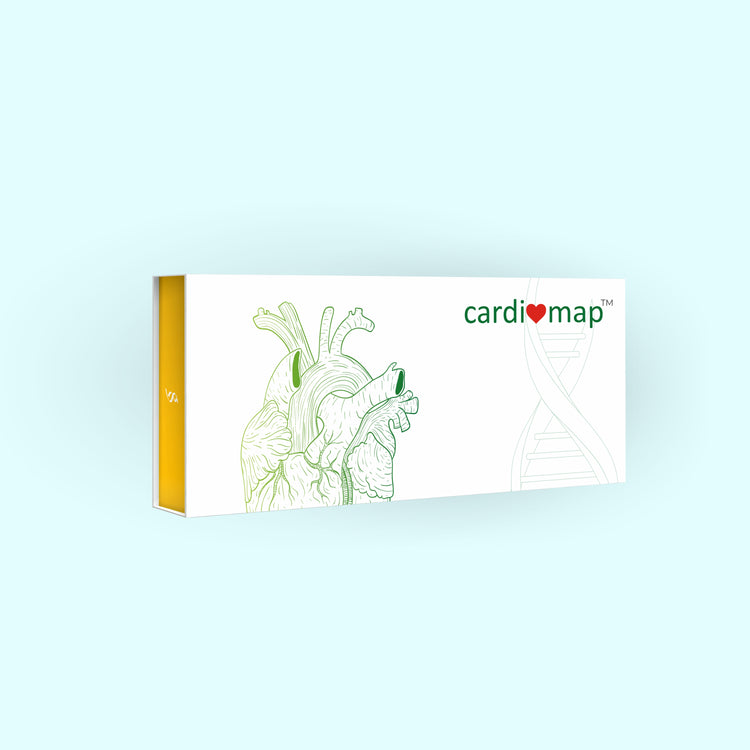PUFA & MUFA : the Ω Hoo- Haa!!
Oct 22, 2020
19968 Views
When it comes to nutritional supplements, there is one chant everywhere!
Omega! Omega! Omega!
Every drugstore, every shop, every nutritionist/consultant/dietitian prescribes it! Its benefits are featured every where ….today your diet is not complete without it! Though a lot of people are already on these supplements, few know and understand it truly….
Our hectic life and work schedule does not often allow us to get an in-depth understanding of some of the things we do. However, one can take time out once in a while, specifically for their health and read the information freely available about what’s good/not good for them. This gives you a better idea of whether or not you need to include something in your diet, whether you can add a specific nutrient from food, should you seek professional assistance and start supplements. Prior information allows you to mull things over and ask the right questions. Back to PUFA/MUFA/Omega and what are the right questions…
Are there different types of FAT?
Yes! There are! The lovely butter we spread on toast and the french fries we so crave, consist of –
Saturated fatty acids (SFAs)
Monounsaturated fatty acids (MUFAs)
Polyunsaturated fatty acids (PUFAs)
What are PUFA and MUFA?
The FA stands for fatty acids. Yes, we are talking about fat. And, MUFA and PUFA are defined as monounsaturated and polyunsaturated fatty acids. Believe it or not, they fall into a special category called : healthy fats. As vitamins and proteins, we also need a certain amount of dietary fat on our plate.These fats are good for health and protect our heart, making them diet essentials!
Monounsaturated Fats
Structurally, for all those chemistry fans out there the MUFA has one double bonded carbon atom. The are stable in liquid state at room temperature. One could ask, “How is mono-saturated fat better than other kinds of fats?” Simply put, it has the ability to lower your cholesterol levels and thereby drastically reduce your risk for all heart related disorders!
MUFAs are also rich in vitamin E, vitamin A and antioxidants. Pure sources of MUFA are avocados, peanut butter, nuts, seeds. Cooking in Oils of olive, peanut, canola, sesame and sunflower would also do the trick!
Polyunsaturated Fats
Coming to the other end of the spectrum, PUFAs, are known to have more than one double-bonded carbon atom. These are also liquid at room temperature. Unlike MUFA, these need to be consumed in moderation to extract benefit. Consumed in limited quantities, these too can help reduce risk for cardiac conditions. Wondering where you find them? Soybean oil, corn oil, safflower oil, fish, walnuts and sunflower seeds.
Most people eat salads on diet. Wondering why? Apart from the greens, the salad dressings contain Polyunsaturated fats as well. Making dressings at home is always better and healthier as some commercial ones, have a mixture of PUFA and saturated fats. Like calories, check for the term “hydrogenated” next time you buy the bottle ?
One should also note that the human body is unable to produce two essential PUFAs, namely linoleic acid (LA), an omega-6 fatty acid, and alpha-linolenic acid (ALA), an omega-3 fatty acid. Both of these are crucial components of cell membranes and involved directly/indirectly with blood pressure regulation and inflammatory response. Studies show that beneficial results of omega – 3 rich diet in heart , diabetic and cancer patients. Knowing these advantages, you can now understand the oMEGA hOO-HAAH! Supplements are not the only source for these fatty acids. If you don’t like popping pills, the images below show how to derive the same product from natural foods…

Food for Thought ….
Approximately, 20-35% of our daily calories are procured from fat. And if one is following a standard 2,000-calorie diet, then this percentage for them gets converted to 44-78 grams of fat per day. One can always try, once aware and make this consumption as healthy as possible. A diet of MUFA and PUFA is definitely healthier than that containing saturated fats and trans fats. A word of caution to the wise, while MUFAs and PUFAs are healthy, binging on them will also result in excessive weight gain. For after all, as the name suggests – they are FATs. Some nuts, some beans and healthy oil is good enough for us!
MUFA vs PUFA : Which is better?
Studies show that a balance of both is actually what helps constitute a healthy diet. But there are some complications here as well.
The first issue is the structure of PUFAs is chemically unstable. Excessive exposure to heat and light leads to them getting oxidized. Post oxidation, fats increase inflammation, and are a bull’s target for obesity, cardiovascular conditions, diabetes. Thus, consuming too much PUFA = BAD.
Our second issue is our diets include too much PUFA/ Omega-6, but very low quantities of Omega-3s. We evolved from diets that contained Omega-6 and Omega-3 PUFA in a ratio between 4:1-1:1. Today, we are on the range of 10:1!
One could wonder how healthy fat is bad? It is because a higher ratio, indicates high levels of PUFA again. Such an imbalance again leads to the conditions we are trying so hard to prevent. Coming back to square is like an invitation for conditions like depression, neurological disorders, inflammatory bowel disease, rheumatoid arthritis, liver and cardiovascular diseases.
Fine tuning the ratio between the Omega’s would actually be key to resolving this issue. Hence, one is not better than the other, the excess intake of one while the deficiency of the other is causing us more harm. Significant improve in heart health is also noted from a change in oil or change in ratios of these essential fatty acids. We’re so terribly deficient in Omega-3s that there minute addition also benefits us even when they come packaged with extra Omega-6! Now that we know where we are going wrong, we can always change…
Mapmygenome and the world of FATs
One can always know that they are obese or healthy by checking the scale or BMI. Would it not be more helpful to learn why are you putting on those extra pounds and where is it coming from? Why is your metabolism different to your family? Do certain heart problems/conditions run in your family?
As a personalised genomics company, we understand these concerns quite well. Is poor metabolism genetic? Are you more at risk of cardiac conditions because of your parents? Can diet change your lifestyle and reduce the risk for such disorders? Our products (Genomepatri or Genomepatri Fit) can help with such queries. Combined with nutrition and genetic counseling, it can help you further improve your lifestyle, understand your family history and potentially delay or even avoid the onset of the conditions you so worry about!
Our advice : #knowyourself and then join the Ω Hoo- Haa!!


